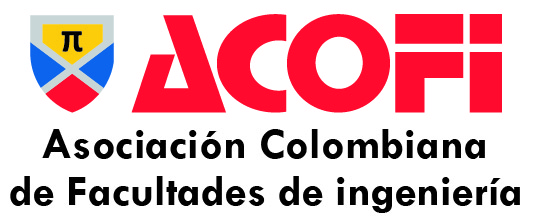Detection and control of explosive atmospheres in underground coal mining using structured programming
DOI:
https://doi.org/10.26507/rei.v7n14.240Keywords:
monitoring explosive atmospheres, Coward’s triangle, explosive diagram of Mines Bureau, explosive atmospheres control, structured programming, illegal miningAbstract
This paper presents an application developed with an alternative solution to the problem posed to the International Mining Community, in detecting and controlling the environment inside an underground coal mine. This approach may avoid situations that risk miners’ lives and even the overall safety of a mine, as is the case of gas concentration that can become explosive. The application is based on the following methods: Coward’s triangle and Bureau of Mines diagrams, then a module of capture and sample are added of the concentrations within the mine to conclude at runtime if the mixture is explosive or not .The final results from the use of this application show that it is a low-cost alternative which can be extensively used.Downloads
References
Castro Marín, P. Martínez G. (2000). Explosividad de gases desprendidos en los incendios subterráneos en minas de carbón. Dyna 129(2000), 51- 58.
Cheng, J. W., & Yang, S. Q. (2011). Improved Coward explosive triangle for determining explosibility of mixture gas. Process Safety and Environmental Protection, 89(2), 89-94.
Coward, H. F., & Jones, G. W. (1952). Limits of flammability of gases and vapors (No. BM-BULL-503). Bureau of Mines Washington D.C.
Dougherty, H. N., & Özgen Karacan, C. (2011). A new methane control and prediction software suite for longwall mines. Computers & Geosciences, 37(9), 1490-1500.
Janovsky, B., & Zigmund, J. (2007). “Vybuchovy trojuhelnik”: A software tool for evaluation of explosibility of coal mine atmosphere. Journal of Loss Prevention in the Process Industries, 20(4), 517-522.
McPherson, M. J. (1993). Subsurface ventilation and environmental engineering (Vol. 131). London: Chapman & Hall.
Morris, R. (1987). Spontaneous combustion in coal mines and the interpretation of the state of a mine fire behind the stoppings (Doctoral dissertation, University of Nottingham).
Timko, R. J., & Derick, R. L. (2006, April). Methods to determine the status of mine atmospheres—an overview. In SME Annual Meeting and Exhibit. Preprint, 06-062.
Zabetakis, M. G., Stahl, R. W., & Watson, H. A. (1959). Determining the explosibility of mine atmospheres. US Dept. of the Interior, Bureau of Mines.
Zhu, C., Lu, Z., Lin, B., & Jiang, B. (2010). Effect of variation in gas distribution on explosion propagation characteristics in coal mines. Mining Science and Technology (China), 20(4), 516-519.
Downloads
Published
How to Cite
Issue
Section
License
Total or partial reproduction of the documents published in the journal is authorized only when the source and author are cited.
| Article metrics | |
|---|---|
| Abstract views | |
| Galley vies | |
| PDF Views | |
| HTML views | |
| Other views | |









